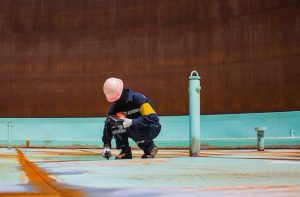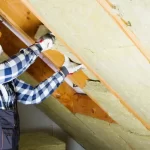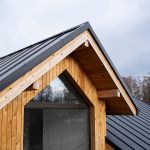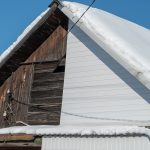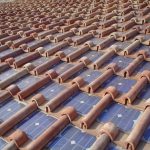One of the best pieces of advice that we can give any homeowner is to examine their home on a regular basis. Catching minor damages in time can save you a ton of money and inconvenience. Periodic inspection is especially important in the case of your roof as you don’t actually see your roof that often. But, how to inspect your roof correctly to spot the early signs of damage? Well, let’s find out!
When to Inspect Your Roof?

If you experience a problem such as a leak, dampness, or crack, make sure to call a roofing expert to get things looked at before the problem intensifies. If your roofing material is getting old and nearing its warranty period, you should increase the frequency of inspection. The goal is to catch any problem when it is still minor and easily manageable.
What Exactly to Check?
Merely looking at your roof is not enough. Make sure that you pay close attention to the following things during the inspection.
- The surface of the roof: Check for the condition of the shingles. Look for missing, cracked, or damaged shingles and make arrangements to replace them promptly.
- Check the flashing: Flashing is the metal piece that covers the chimney. Make sure you are looking for rust, cracks, and other signs of damage to this area. If the flashing is leaky, water and snow can leak in and start rotting the roof.
- Gutters: Make sure that your gutters are clean and clog-free. Remove the dead leaves and other debris regularly and make sure that there is no obstruction for the rainwater or snowmelt.
- The underside of the roof: Look for sagging ceiling, leakage, and holes on the underside of the roof from your attic. There should be no sunlight pouring through the gaps in the ceiling. Make sure that if you see small holes in your ceiling, you get professional help to correct them as soon as possible.
Always remember that your safety is of paramount importance. If possible, use a pair of binoculars to inspect your roof closely. Stay safe on ladders and around electric wires.
Checking your roof regularly can help you identify minor problems quickly before they get out of hand. The best way to get this job done is to have a checklist ready before you start the inspection. Make a strategy and note down anything that is out of the ordinary, even any minor issue such as peeled paint or a patch of moisture.


